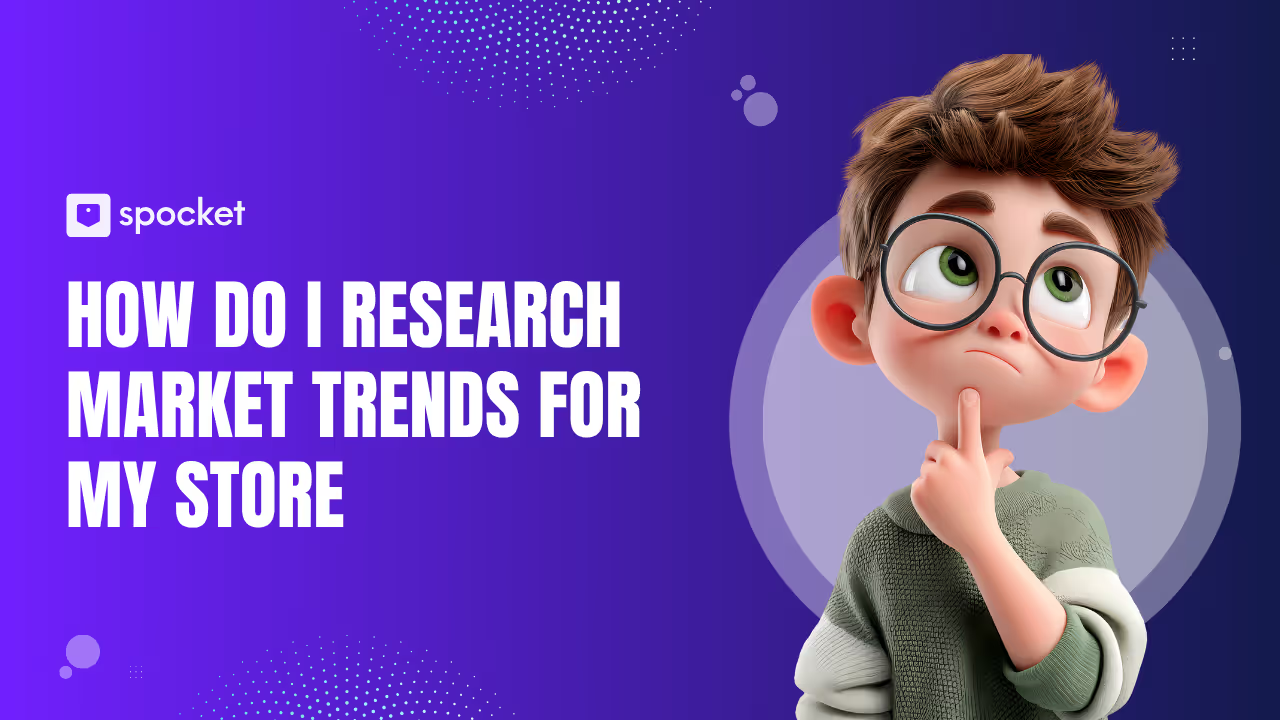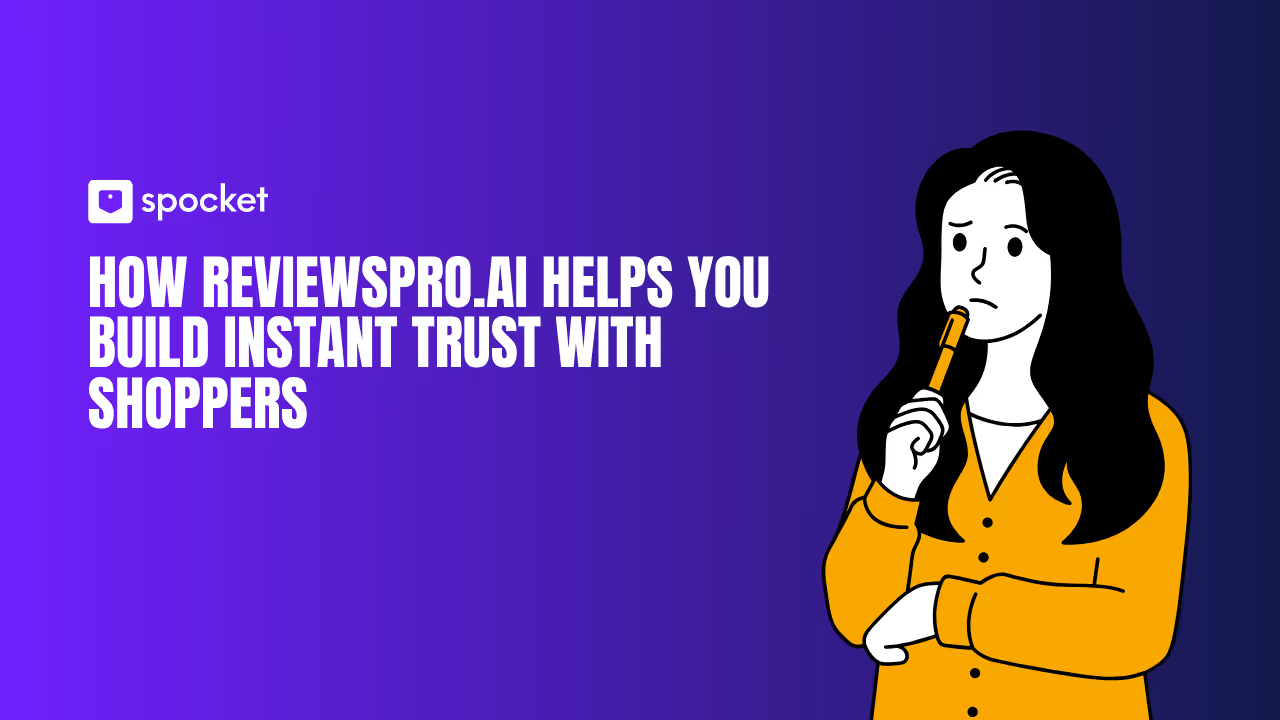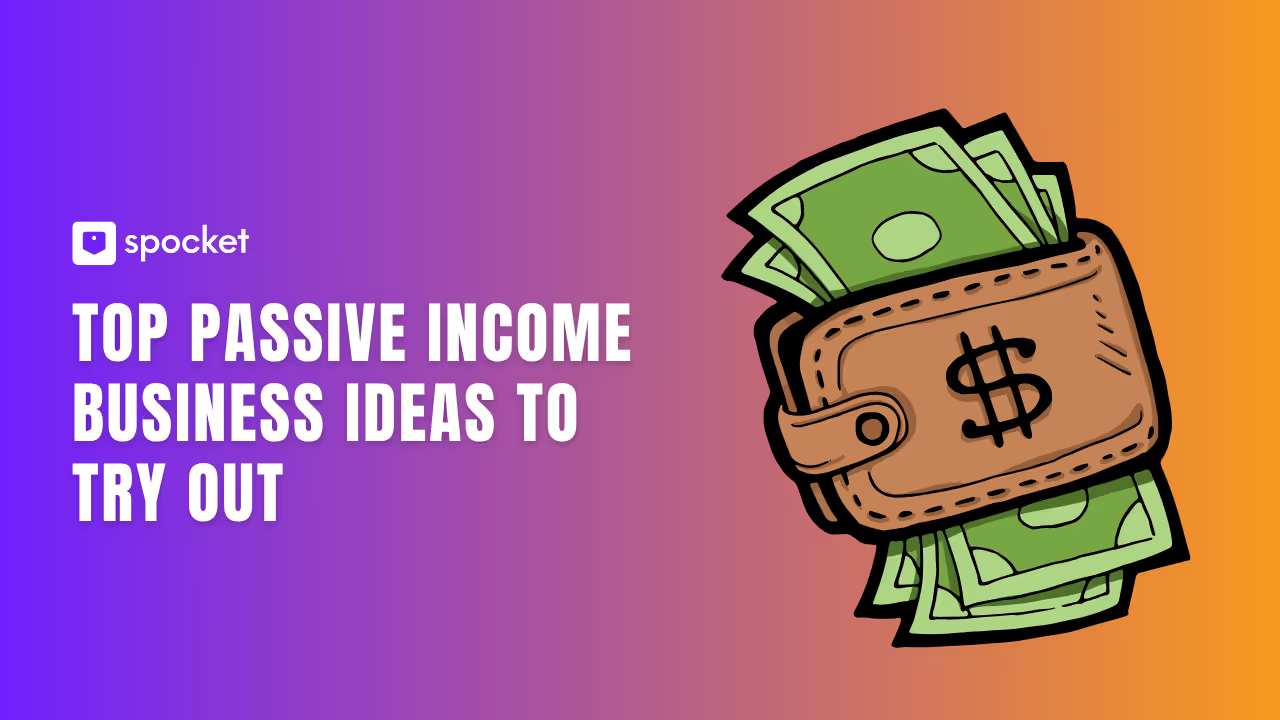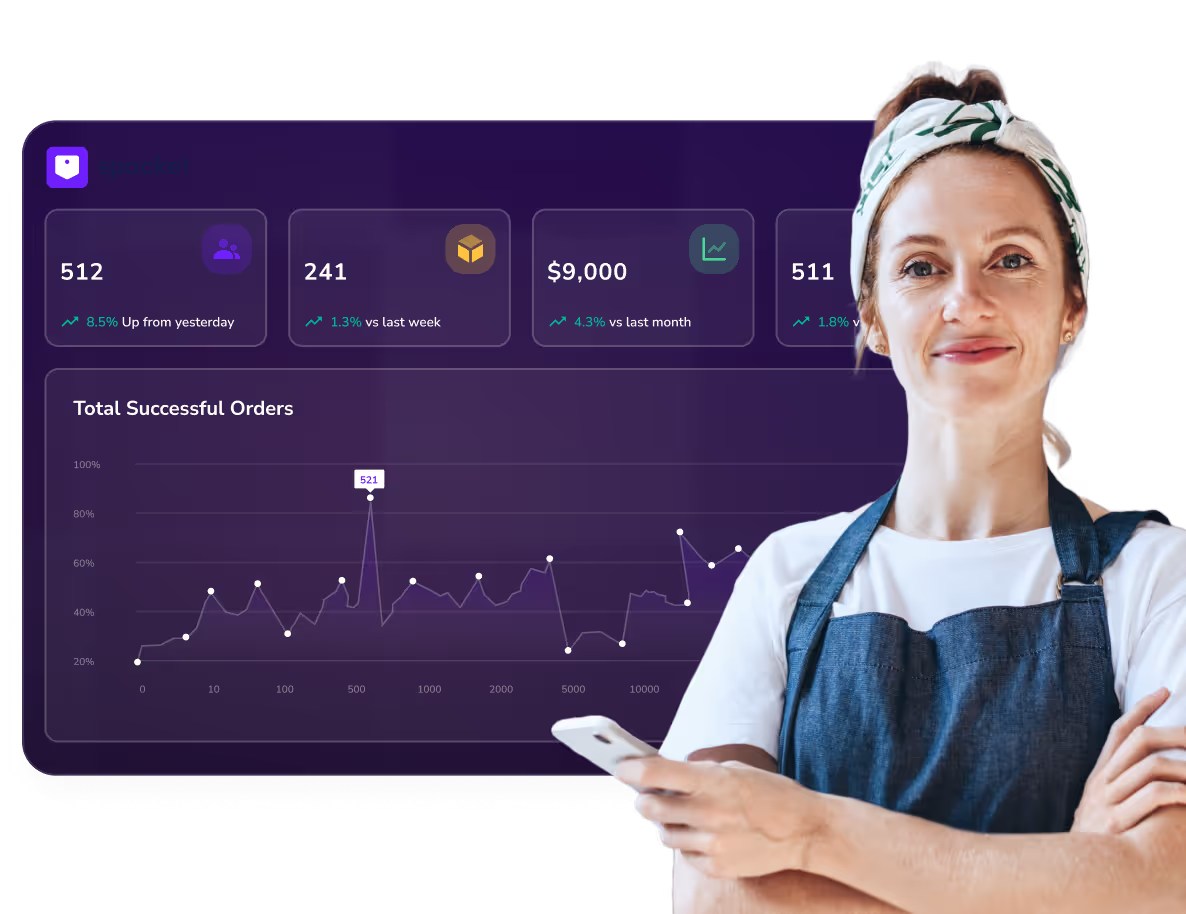G2 Reviews is becoming one of the internet's most loved and hated SaaS platforms for software reviews. Whether you like or prefer to ignore it, it's been gaining attention lately. Your future clients will use it, so you don't want a bad spot on it, especially if you run a business.

The ROI from G2 reviews is a net positive for everyone, too. So, what is G2? Should you care about it? The short answer is yes. We'll answer more of your questions below soon.
What is G2 Reviews?

G2 Reviews collects verified customer reviews and provides accurate and up-to-date information about various products in the B2B SaaS industry. It's like Zomato but for software. Anyone interested in buying new software or renting cloud services will take a sneak peek at G2's reviews and offerings.
You can also compare products on G2 and see how they fare. Any star ratings you see on the product are enough to help you make a sound decision. The bad news? Most buyers rely on it. So if your product on G2 speaks bad and you hear customers talking, that could spell doom for your business. But look on the bright side. Your future looks good if users post good reviews about your products and services on it.
Does G2 Pay for Reviews?
Yes, but there’s more to it. G2 runs review campaigns in partnership with software vendors. These campaigns often offer incentives such as gift cards or charitable donations in exchange for a review. G2 clarifies that reviewers must be users, and vendors cannot dictate what they say. Incentives are tied to honest, experience-based feedback, not a specific sentiment.
That’s why you’ll sometimes find five-star reviews next to one-star ones during the same campaign. While this pay-for-reviews model might raise eyebrows, G2 uses a combination of automated checks and manual moderation to weed out suspicious or inauthentic submissions. Verified reviewers have to log in using LinkedIn or a business email address, and their reviews go through moderation before going live.
Also, if a vendor participates in a G2 campaign, the platform labels the review with a disclosure tag stating the reviewer received an incentive. So yes, some people get paid—but not in a shady way. G2 is trying to scale reviews while maintaining accuracy. Transparency about incentives helps users understand potential biases without removing helpful content altogether. If you’re a software company, you’ll want to consider this route carefully. It can work, but not if you’re trying to game the system.
Why Does G2 Play a Big Role in the SaaS Landscape
G2 has become one of the most influential review platforms because it doesn’t just surface praise but captures the whole picture. It sits at the intersection of trust and decision-making. Buyers don’t want vague marketing claims; they want to hear from people who’ve used the product. That’s where G2 wins. It’s a source of frictionless proof that’s easy to reference.
Each review posted on G2 influences the algorithmic rankings that determine a vendor’s Grid placement. That Grid isn’t random—it’s built on satisfaction scores and market presence. SaaS companies care about it because enterprise buyers often sort results by Grid position. A small bump in placement can translate into more demos, trials, and pipeline.
Another reason G2 is important is how embedded it is in procurement workflows. Many B2B buyers add a G2 review step before making final software decisions. Procurement teams don’t want to rely on sales calls alone—they need multiple inputs. When that research includes G2, your presence there has to hold up.
You will fall behind if you're in SaaS and not taking G2 seriously. It’s already in your prospect’s browser tabs when they compare vendors. You can’t control every review, but you can guide the narrative by making G2 part of your feedback cycle.
Why Do Firms Trust G2 Reviews?
G2 has earned credibility because it doesn’t let vendors dictate the story. What you see is based on customer input, not marketing spin. That matters. Buyers trust G2 because reviews aren’t just thrown up randomly. There’s a process behind them. The verification system checks employment, product use, and review patterns. You won’t get by with bots or fake testimonials for long.
G2 also stands out for how it displays negative feedback. Most review platforms bury it or make it hard to find. On G2, even the harshest one-star reviews sit right next to five-star ones. That kind of transparency builds real-world trust. Prospects who come across both perspectives know they’re seeing the whole spectrum.
Another reason firms trust G2 is the repeatability. You’re not relying on one review from a year ago. You get rolling feedback from users at different stages—onboarding, mid-use, and long-term. These aren’t just surface-level impressions; they come from lived experience. That’s gold when investing in a SaaS tool that could affect your entire stack.
Trust is built one review at a time, and G2 doesn’t shortcut that. If you’re consistent, you’ll see that reflected in your profile. If you cut corners, your public rating will show it too. That’s why B2B buyers rely on it—it cuts through fluff.
Types of Software Products Reviewed on G2
G2 doesn’t stick to one niche. The platform hosts reviews for many tools, from enterprise-grade CRMs to lightweight productivity apps. If a company builds and people use it, there’s a good chance it has a G2 profile. That includes software categories like marketing automation, data analytics, eCommerce platforms, remote work tools, developer infrastructure, and cybersecurity solutions.
You’ll also find reviews for vertical-specific platforms. These are tools built for industries like healthcare, finance, legal services, construction, or education. G2 gives each of these software categories its landing page. That’s why it works so well for discovery. Buyers can jump into a product cluster and compare features, integrations, and reviews without switching websites.
Even internal tools and lesser-known SaaS startups end up on G2 because the barrier to entry is low. You don’t need to be a giant like Salesforce or Oracle. As long as real people use your platform, G2 will let them discuss it. And those reviews have reach. Anyone researching your category will run into that page, whether you promoted it or not.
So, no matter what you sell—project management dashboards, lead enrichment APIs, or payroll systems—G2 is where people talk about you. Many of these solutions also benefit from incorporating b2b data enrichment tools to improve lead quality and customer segmentation for more effective outreach.
Is G2 Reviews Legit or a Scam?

G2 is legit. It’s been around since 2012, and it’s not some pop-up review site run out of nowhere. Big names like Zoom, HubSpot, and Adobe are active on the platform. They wouldn’t tie their reputations to something shady. You might hear whispers from vendors upset about bad reviews, but that’s not proof of a scam—it’s proof that the reviews aren’t always filtered to be flattering.
The platform uses a verified review system where users can log in with professional credentials like LinkedIn. Every submission goes through manual checks and AI-powered filters. It’s not bulletproof, but it’s stronger than most review platforms. The detection tools flag the account fast if someone tries to spam fake reviews. G2 has even removed entire sets of suspicious reviews in high-profile cases.
G2 also publishes clear rules on conflicts of interest. For instance, employees and agency partners can’t submit reviews for clients. The goal is to keep things honest. Of course, like any review site, people can be biased. But there’s enough scale, visibility, and consistency to balance things.
So no, it’s not a scam. It’s just open feedback, and sometimes that’s uncomfortable for vendors who don’t want criticism.
Is G2 Reviews Free to Use?
Yes, G2 is free to use—if you’re just browsing reviews or writing them. Anyone can visit the site, search for a product, and read what real users have said. You don’t need to create an account unless you post your review or save preferences. The business model doesn’t charge end users; the platform earns revenue from vendors through premium services and ads.
If you're a company listed on G2, your profile appears whether you’ve claimed it. Claiming the listing is free, too, but you'll have to pay if you want extra control, like review management, competitor tracking, or lead generation tools. That’s where G2 monetizes. These paid tiers unlock features like intent data, profile customization, and analytics.
But for buyers doing research? No cost at all. You can run side-by-side comparisons, filter by user role or company size, and read verified reviews without hitting a paywall. It’s one of the few platforms where the freemium model doesn’t restrict your ability to get insights.
Is G2 a Good Company?
G2 is run like a modern tech firm with a product-led mindset. It’s headquartered in Chicago, with a growing team and firm investor backing. While the platform gets most of the attention, the company behind it focuses on transparency, ethics, and product development. If you dig into Glassdoor or LinkedIn feedback, most employee reviews cite strong leadership and clear vision.
That said, G2 is also a business. Some companies feel pressured to buy premium listings or campaigns to stay visible. But that’s more a reflection of market dynamics than sketchy business practices. The rules are public, and vendors know what they sign up for.
If you're looking at G2 not just as a tool, but as a company, it holds up. The leadership is visible, the roadmap is transparent, and they have a clear niche in the B2B ecosystem. You can’t ignore that kind of momentum.
Why Is It So Hard to Get G2 Reviews for SaaS Products?
Most SaaS teams think reviews should come in like product signups. They don’t. Reviews take effort—especially on G2, where users must create accounts, verify identity, and write thoughtful feedback. That’s more friction than leaving a star rating on the App Store. Even satisfied customers don’t always take the time unless prompted.
You’ll also run into review fatigue. Users already have accounts with platforms like Capterra or Trustpilot. Asking them to leave another review on G2 can feel like homework. That’s especially true in B2B SaaS, where users are mid-project or juggling multiple tools. Their priorities don’t include helping your score unless they’re very happy or annoyed.
Incentives help, but only to a point. G2 requires honest feedback, so you can’t ask for only positive reviews. Some customers also get nervous about being identified, even if the review is fair. That hesitation slows down participation. Internal red tape also plays a role. Some companies block employees from submitting reviews without legal sign-off.
If you want reviews on G2, you’ll need a plan. Random emails won’t work. You need customer success involved, outreach that feels personal, and sometimes a light nudge right after a win. Otherwise, your profile will stay silent.
How to Make the Most Out of Your G2 Listing
Did you know that over 35 G2 category pages generate over $593,000 of organic traffic annually? The CRM category gets more than 30,000 monthly visits, and ERP crosses that mark easily. You can understand how your product ranks and what SEO keywords it can rank for when you look up search queries on G2's platform.
That's a ton of money saved on spending on ads and paid promotions. Good G2 reviews can back up your sales claims and highlight your product better. For example, if your customer says your product is good and saved X amount of time, you can post that on G2 as proof that it works. It also serves as a significant data point, establishes authenticity, and tells potential buyers what they can expect from your purchase. G2 holds credibility in your marketing messages. You can display its ratings on your site, blog, social media platforms (like LinkedIn and X), and other pages.
How to Fix or Deal with Bad G2 Reviews
You can’t delete a bad G2 review—but you can respond. And you should. A reply shows you’re listening and willing to take action. Don’t default to defensive answers. Instead, acknowledge the issue, state what’s changed (if anything), and invite the reviewer to connect offline. Readers notice how you handle criticism.
It’s also worth looking for patterns. If multiple reviews flag the same problem, that’s not just noise—it’s a product signal. Fix it, then ask satisfied users to submit reviews to balance things out. The key is not to bury the bad reviews but to ensure they don’t define your brand.
G2 also lets you flag reviews that violate guidelines. If a review includes hate speech, confidential info, or is clearly from someone with no usage experience, report it. But don’t misuse the flagging system. G2 doesn’t remove reviews just because you don’t like the rating. It requires proof that the review breaks the terms.
Keep your team aligned. Sales, product, and support should know what’s on your G2 page. Treat it like an extension of your brand, not a dumping ground. If you engage respectfully, you’ll win points with future buyers—even when reviews aren’t perfect. Silence, on the other hand, reads like guilt.
A Guide to Getting More G2 Reviews from Customers (Step-by-Step)
Getting G2 reviews isn’t about tricking people—it’s about asking the right way, at the right time. Here’s how you can approach it:
- Start with timing. The best time to ask is right after a customer has a good experience, completes onboarding, hits a KPI, or praises you in a support ticket. Don’t ask too soon, or you’ll get “too early to tell” reviews. Too late, and you’ve lost the moment.
- Next, personalize the ask. Skip mass emails. A quick message that references their recent success feels more genuine. You can also include a short message from leadership to add weight. Then drop the G2 link and tell them it takes about five minutes.
- If your company has the budget, join a G2 campaign. These campaigns let you offer gift cards or donations per review, with G2 managing the fulfillment and compliance. Remember: you can’t ask for a positive review—only honest feedback.
- Once you’ve got a few reviews in, keep the loop going. Add review requests into quarterly check-ins or after resolving a tricky issue. You can also embed review requests into email follow-ups. If someone scores you a 9 or 10, ask them if they can share that publicly.
How to Boost Your Business with G2 Reviews
Your G2 profile is more than just a ratings page—it’s a conversion tool. Buyers don’t visit to browse casually. They’re usually deep into research; every review helps tip the scale. It resonates if your page has detailed feedback from users in their industry or with their job title. That social proof can move them from “maybe” to “let’s book a demo.”
Highlighting G2 content in your sales flow is another win. Drop review snippets into cold emails or use quotes in outbound decks. When prospects ask why they should choose you, let your customers answer. G2’s badges—like “Leader” or “Users Love Us”—also work well on landing pages, email signatures, and proposal docs.
Intent data is another lever. If you’re paying for G2’s paid tools, you’ll see who’s visiting your page, what categories they browse, and how often they return. That’s high-signal data. It gives your sales team warmer leads without extra guessing.
But even without paid tools, an active G2 page helps you stand out. It shows buyers you care about what customers say and are not hiding anything. That kind of openness builds momentum and trust. Your competitors are already doing it. Don’t let silence cost you.
Is the Data Posted on G2 Reviews Trustworthy and Reliable?
The data on G2 isn’t perfect, but it’s solid enough to influence decisions at every level. That includes usage stats, satisfaction scores, feature comparisons, and buyer intent signals. What makes it reliable is how the reviews get verified and how often they’re updated. G2 doesn’t rely on outdated testimonials. It’s a rolling feed of feedback.
Each reviewer goes through authentication. That could mean logging in through LinkedIn, confirming a business email, or verifying their employer. It weeds out most fake accounts. Reviewers are also asked structured questions—not just “Do you like it?” but specifics about features, setup, usability, and support. That adds context you won’t get from a vague rating.
Conclusion
If a review is flagged as suspicious or contains false information, G2 moderates or removes it. But the bar isn’t perfection—it’s balance. Some reviews will be harsh. Others might seem over-the-top. You’re not supposed to agree with all of them. You’re supposed to get an honest sense of what using the product is like.
So yes, it’s reliable. Not flawless. Not neutral. But trustworthy enough that buyers, analysts, and procurement teams use it as part of their decision process. And that’s what matters.







































